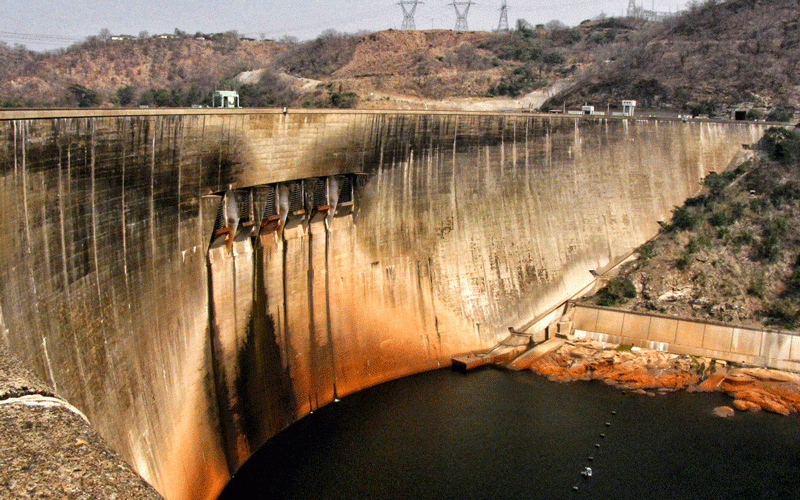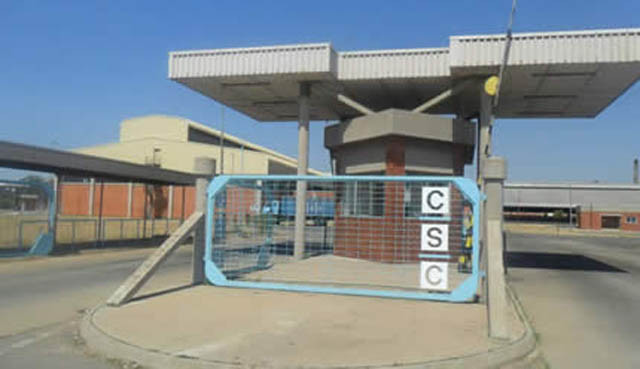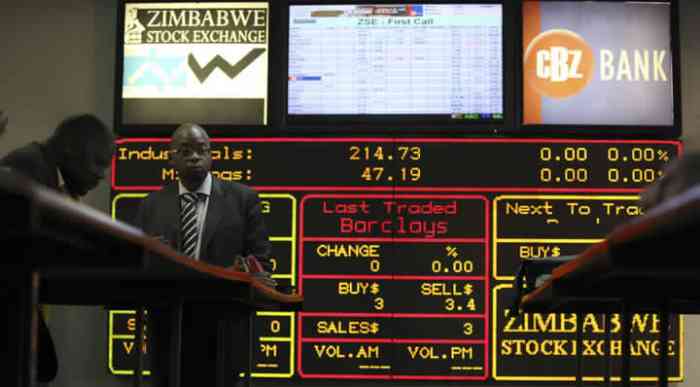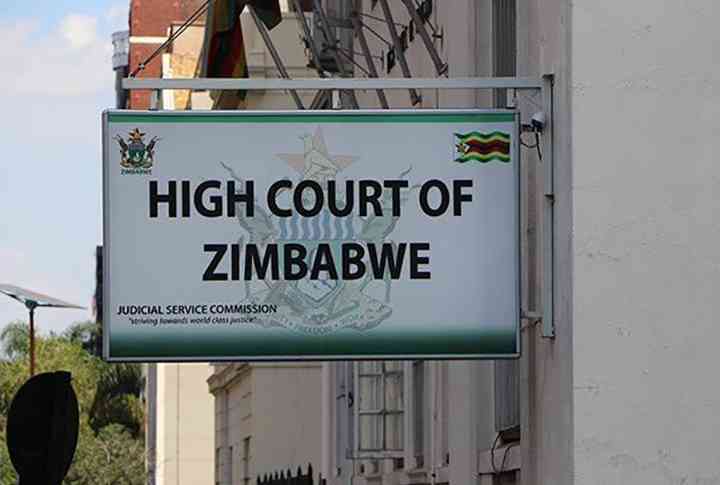
THIS is an appendage to the first instalment on the importance of adding nuclear energy capacity to the grid.
The last column outlined the scope and scale of investments associated with nuclear power, alongside the benefits and challenges linked to the energy source.
The emphasis of this edition is on traditional and novel challenges to energy supply and demand. It also proceeds to review the government's position on nuclear power, adding some key recommendations.
Eventually, a review of the activities of other countries on the continent, in this area, is presented, with the aim of providing crucial lessons.
Existing and emerging challenges
According to an International Atomic Energy Agency (IAEA) 2022 publication, about 600 million people and 10 million small businesses, in Africa, have no access to reliable electricity.
The report posits that, connection to the grid does not guarantee supply, as power cuts are prevalent. Blackouts have become more frequent with 80% of businesses experiencing power outages, which curtail business and overall economic performance.
Exacerbating the poor electricity generation capacity is the fact that demand for electricity increases twice as fast, in Africa, as the global average. This is due to tremendous rural-to-urban migration, coupled with robust population growth.
- Crippling power outages intensify
- Mining economy target dampened
- Power crisis: ‘It’s not all doom, gloom, we’re making headway’
- US experts impressed by Zim biofuels move
Keep Reading
Climate change has impacted the performance of hydro-electricity, resulting in reduced and erratic power generation from water resources.
Coal, though being an affordable power source, is a heavy pollutant. Resultantly, expanding the capacity of coal-fired power plants in a headlong fashion, can lead to diplomatic tiffs, negatively impacting the country’s foreign relations.
Thus, there is a need to balance growth in fossil fuel electricity generation with cleaner and more sustainable methods such as nuclear.
Solar and wind power, typically work out to be more expensive than nuclear energy, as the lifetime of solar components and wind turbines (20-30 years) is about half of that of a nuclear plant (60 years).
Replacing the infrastructure adds to greater cost when compared to nuclear power. Apart from that, renewables are erratic sources of energy and require a coal or nuclear plant to be on standby, if there is to be a seamless supply of electricity to the national grid. The back up costs (staff salaries, maintenance of equipment, etc) render renewables less effective.
Thus, in order to go past the traditional and new challenges in power generation, nuclear energy will provide the best option for cost, diversity, sustainability and energy security.
Zimbabwe
Zimbabwe and the Russian state-owned nuclear corporation, Rosatom, initially signed a Memorandum of Understanding (MOU) in April, 2021. At that juncture, the deal targeted cooperation in training and skills development in nuclear technology.
This would be realized through interaction of specialised educational institutions, teacher training, joint short term programmes and the development of scientific literature.
At that stage, more attention was placed on the use of nuclear technology in medicine, agriculture and education. Consequently, at the Russia-Africa summit in July, 2023, the country turned up the ante and signed an MOU to establish the legal framework for cooperation in nuclear energy.
Areas to be covered include the creation and improvement of Zimbabwe's nuclear infrastructure, in accordance with international guidelines, regulations regarding nuclear and radiation safety, education, training and retraining of specialists in the nuclear industry, etc.
By inference, when the MoU serves its purpose, the next stages may involve determining a suitable nuclear plant size, identifying a suitable location to build, ensure availability of funding for the project, inviting bids from suitable manufactures and ultimately, build a plant.
Do take note that this is not the official communication from government but an assessment of the stages that typically follow cooperation in the area of creating a robust nuclear energy infrastructure.
The choice of Rosatom as a partner seems a sensible one since the corporation is the biggest nuclear company by foreign orders.
By the end of 2021, it accounted for 76% of global nuclear technology exports. Additionally, the mutual trust between Russia and Zimbabwe, infer that the former is a reliable partner.
Since nuclear energy is a sensitive matter, choosing an appropriate collaborative agent helps to maintain the public's support and confidence in the project. It also ensures that work will be done to the highest standard possible.
Executives in the Ministry of Energy and Power Development may need to commission studies on the suitability of Small Modular Regulators (SMR's), as they have less upfront costs and require less water.
SMR’s can serve large mining facilities which may be located in isolated areas where it may be costly to develop, assign and maintain electricity infrastructure.
Since nuclear is cheaper than all other forms of electricity (except onshore wind and solar, in some cases), if compatibility is determined, the only restriction may be the availability of the huge capital expenditure needed for construction of the plant.
Additionally, an interrogation on whether a large reactor can be installed near the Zambezi river, where there are large volumes of water (needed for cooling massive reactors), may also need to be done.
According to the Zimbabwe Investment and Development Agency (Zida), the country has an installed electricity generation capacity of 2300MW, although actual power generation is about 1400 MW, with a peak demand of 1700 MW.
Breakdowns at plants, and water shortages at Kariba hydropower station are the cause of the mismatch between installed capacity and realized output.
By 2025, the power utility, Zesa aims to add 2300 MW in order to respond to increased demand from the mining sector.
Since mining produced around 80% of the countries export earnings in 2022, improving generation will lead to economic growth. As some miners report going for as much as 12 hours without energy, resolving the deficit will realize quick and notable wins. Furthermore, the IEA predicts that climate change will cause a notable decline in hydropower capacity by the end of the century. Countries, such as, Zambia, Zimbabwe, DRC and Morocco will, therefore, struggle with sharper fluctuations in their hydropower supplies.
Strengthening the regional energy power pool may assist to manage some of the effects, if other countries in Sadc have surplus.
However, if Zimbabwe manages to invest in nuclear and create excess capacity, it may also use the climate induced challenges to export energy to DRC and Zambia. This means that the crisis also presents a lucrative opportunity, for investments in nuclear power. Uranium deposits, the source of fuel used in nuclear plants, are also reported to be present in the Kanyemba area, of the Zambezi region.
If the country builds a power plant, it will not only benefit from advancing local skills in the area of power generation but possibilities of understanding the whole value chain, from uranium mining, enrichment, to the manufacturing of nuclear fuel, are present.
South Africa
For Zimbabwe, discourse on nuclear energy is incomplete without taking lessons from South Africa, the only country on the continent with a functional nuclear power plant.
Understanding their past, present and potential future with this energy source, provides a valuable opportunity to get things right or even better.
The Koeberg station, in Cape Town, which has a capacity of 1860 MW, supplies 50% of the Western Cape province’s energy needs.
The government owned, sole nuclear power plant, has been a huge success, as no civilian injuries or casualties have been reported since its commissioning, about 40 years ago (1984). It was built by the French corporation, Framatome, from 1978- 1984. Energy executives in the country, insist that the plant produces the cheapest, safest and most reliable energy in South Africa.
It is noteworthy to state that, both capital expenditure and operational costs are included, in the conclusion that nuclear energy is the most affordable.
As Koeberg's operating license approaches expiry in July 2024, critical refurbishments and upgrades which are required by the National Nuclear Regulator (NNR), must be exceptionally managed.
This will enable the government proposed 20 year extension of the plant's life cycle, to 2044. The South African government’s current position on nuclear energy, however, has not been as clear, and this could cause investor apathy and stall the pace of new investments in nuclear power.
The Integrated Resource Plan (IRP), which is the government’s strategy paper for long-term electricity infrastructure development, has largely failed to deliver results, besides being at odds with itself, with regards nuclear energy.
At its launch in 2011, the IRP had envisaged the addition of 9600 MW of nuclear capacity to the grid by 2030.
However, there has not been any new nuclear project, since the completion of Koeberg, leaving a seven-year deadline, to 2030.
Instead, the updated 2019 IRP went on to indicate that no nuclear capacity would be added to the grid before 2030.
Such contradiction of government policy, on the same strategy paper, does no good for investors and the country at large.
To make matters more complex, in May 2020, another conflicting government position was issued. At that time, it was announced that the procurement of 2500 MW of new nuclear capacity was being considered.
The New Nuclear Build Programme (NNBP) was reported to have a bias towards SMR reactors to be operated by the private sector, according to Mineral Resources and Energy minister Gwede Mantashe.
Thereafter, government utility company Eskom went on to apply for a Nuclear Installation Site Licence (NISL), citing Thyspunt as the location of its proposed plant, with public hearings held in Jeffery's Bay and St. Francis Bay, in late 2021.
The interesting part is that, Eskom is a public operator, instead of private, and the location of Thyspunt, which is by the coast, indicates that the corporation intends to build a large fleet nuclear reactor, instead of an SMR (which can function in arid areas).
The inconsistency of government messaging and activities towards new nuclear projects, may stifle investor will and momentum. As it stands, the South African government now aims to have the procurement process for the NNBP completed by 2024, giving chance to functional new plants before 2030.
Several other African countries have embarked on partnerships with foreign firms in order to prepare for and build nuclear capacity. These include Egypt, Ghana, Kenya, Burundi, Uganda and Zambia, among others.
Gazing into the future
To some, it may seem that installing nuclear energy is a pipedream. However, the pollution and limited capacity of fossil fuels and renewables indicate that there is no other way to add reliable electricity supply to the grid without nuclear energy.
For those countries which are clear on prioritising energy diversity, security and capacity, nuclear is not an option but a must.
By the end of this decade, or soon after, it would serve the nation’s energy needs appropriately, if Zimbabwe has a functional SMR, at the least.
Knowledge and skills to be acquired from such a plant will be invaluable for preparing the nation for larger plants or more SMRs, whose emergence is inevitable.
- Tutani is a political economy analyst. — tutanikevin@gmail.com









